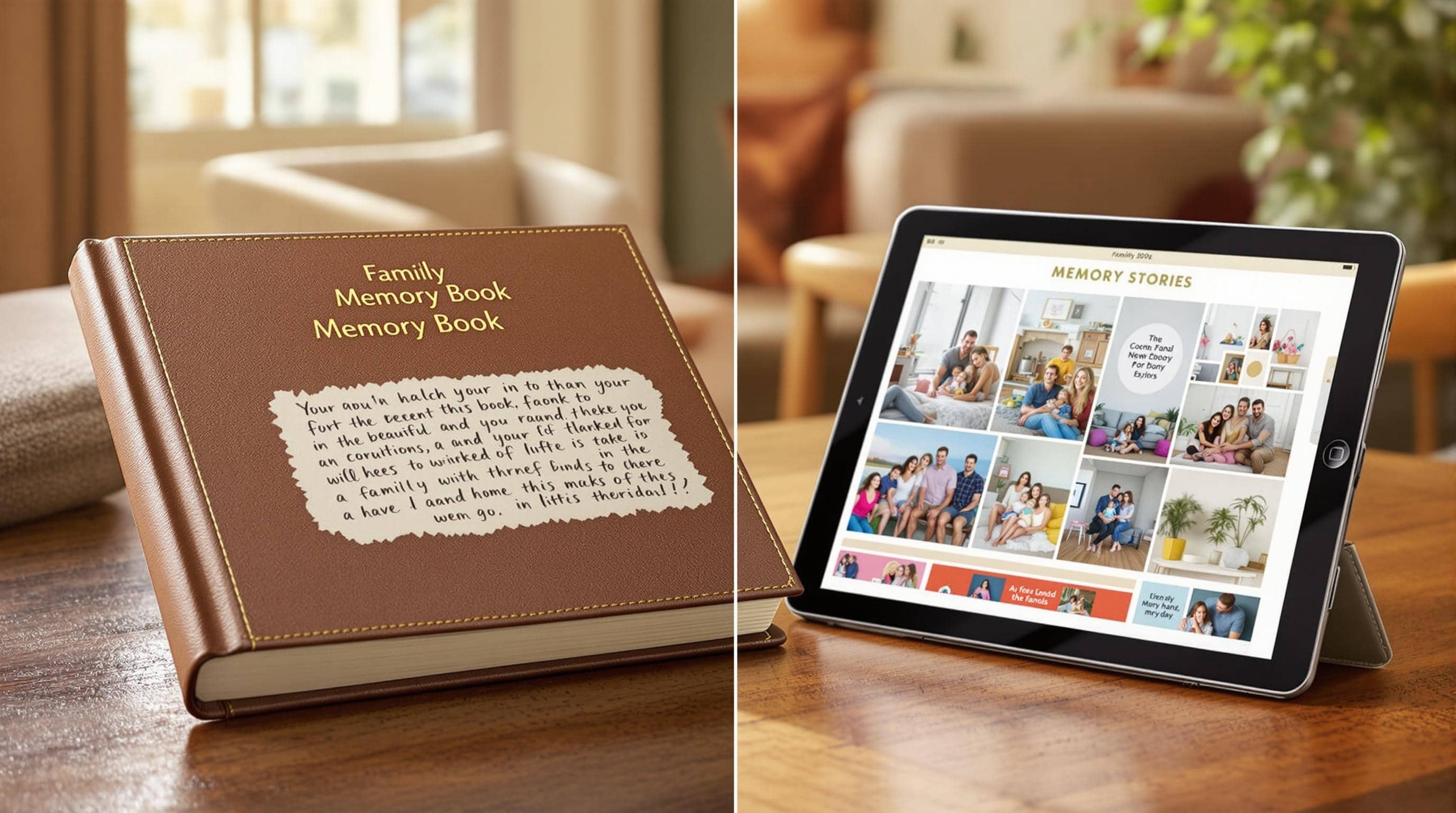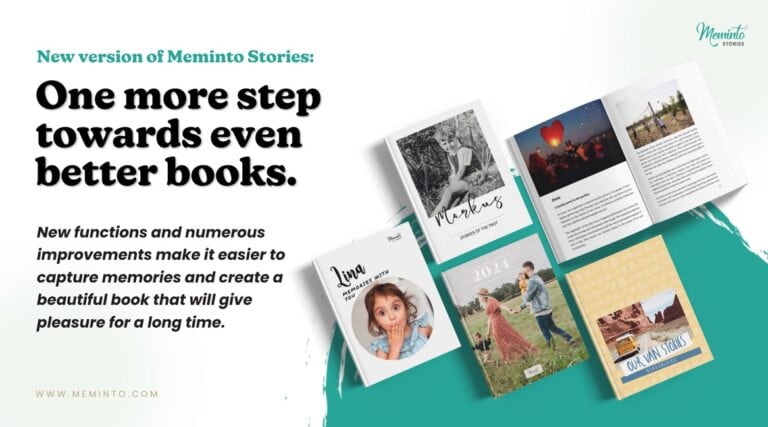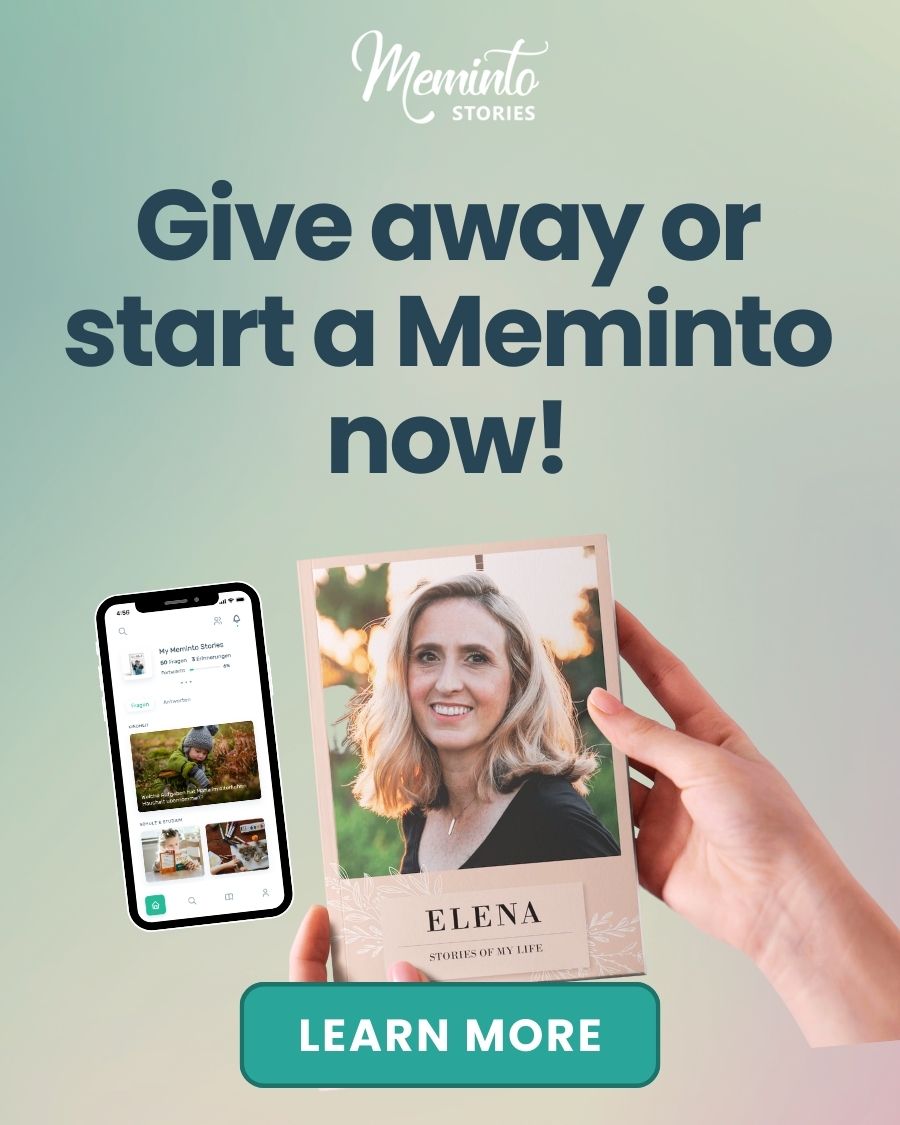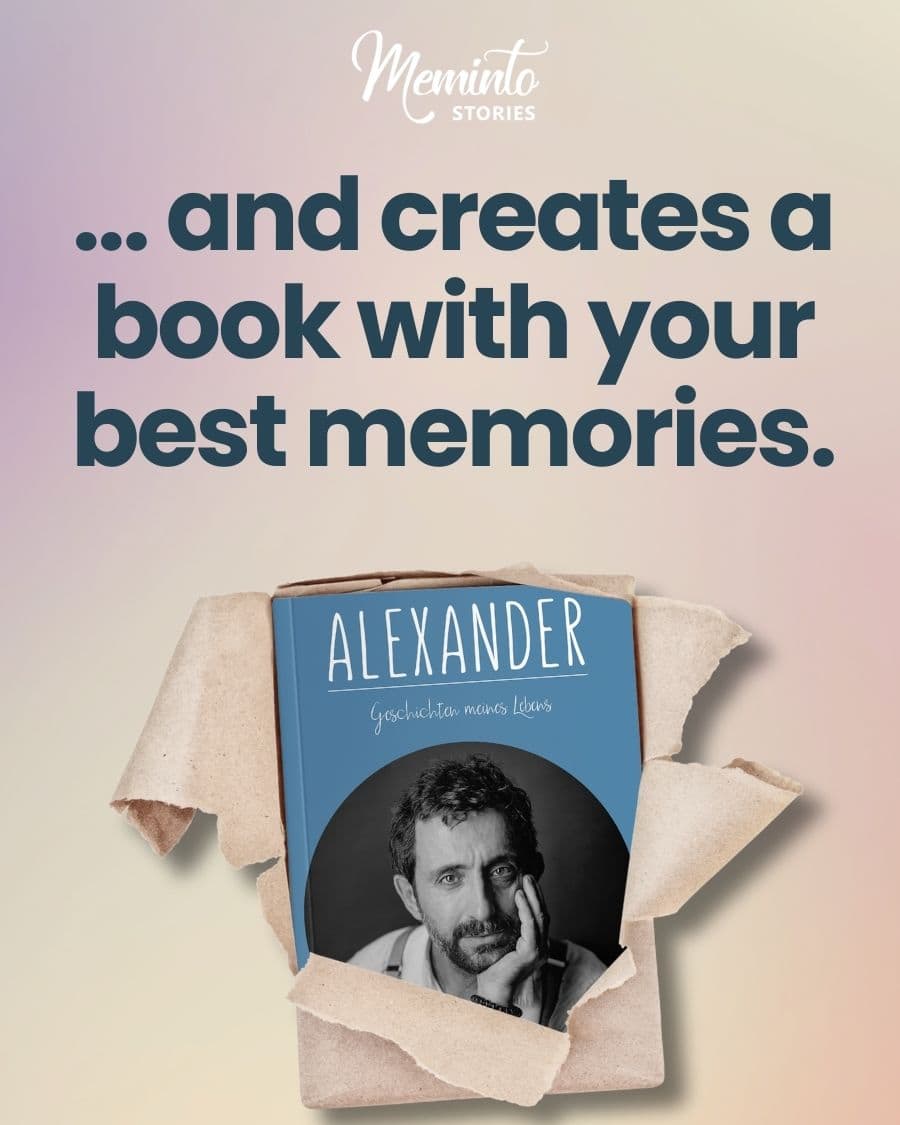The crackle of pages, the scent of paper, the weight of memories bound together. Or picture a glowing screen, where photos flicker to life, voices echo from past interviews, and your family’s journey is always just a tap away. Memory books are more than keepsakes — they are time machines, carrying us back to childhood kitchens, wedding dances, and whispered bedtime stories.
But before you start capturing your legacy, one important decision awaits: will your memories live on paper, or in pixels?
A printed book has the charm of nostalgia — perfect for coffee tables, family gatherings, and passing down through generations like a treasured heirloom. Digital formats, on the other hand, offer motion, sound, interactivity — ideal for a tech-savvy world where distance melts away with a click.
The choice between print and digital isn’t just technical. It’s emotional. It’s about how you want your story to be felt, shared, and remembered. Do you want to turn pages, or scroll through chapters of a life?
Both formats preserve your legacy — it’s just a matter of how you want the next generation to experience it.
Here’s a quick breakdown:
- Digital Memory Books: Great for easy sharing, multimedia features (like audio and video), and quick updates. However, they require tech access and may face issues like outdated formats or security risks. Popular options include Meminto Stories, which offers AI tools and voice recording.
Best Photo Books of 2025: Top Picks Compared
sbb-itb-e3574dd
1. Print Memory Books Today
Print memory books continue to hold a special place. Studies show that understanding improves up to eight times more with physical books compared to digital ones. Plus, the simple act of flipping through pages helps create a mental map, boosting memory recall.
"It truly was something you see in a bookstore. It was as professionally done as that." – Jane Stokes
When it comes to memory preservation, physical books still shine. For example, students reading print books scored 49 points higher on the Program for International Students Assessment than those using digital formats. This improvement is credited to fewer distractions and reduced eye strain.
The physical nature of print books offers an emotional depth that digital formats struggle to match. Their tangible presence makes them treasured keepsakes, often passed down as family heirlooms through generations, growing in sentimental value over time. These qualities clearly set them apart from digital alternatives, paving the way for a closer comparison.
Side-by-Side Comparison
Here’s a quick breakdown of the main differences between digital and print memory books.
| Feature | Digital Memory Books | Print Memory Books |
|---|---|---|
| Starting Cost | $99 (Meminto Stories Basic Book) | $14.99 (Mixbook 8.5×8.5") |
| Additional Costs | Extra pages or copies cost more | $2 per extra page; optional upgrades like UV coating or color correction for $6 each |
| Durability | Relies on technology; may face format issues | Acid-free pages and stitched binding for long-term preservation |
| Accessibility | Available instantly on devices (needs power) | No devices required, but needs physical storage |
| Customization | Flexible templates with multimedia options | Fixed layout once printed |
| Sharing | Shareable via password-protected links or online embedding | Requires physical copies, which may add costs |
| Storage | Digital storage, no physical space required | Needs physical storage space |
This table highlights the key distinctions, but let’s dive into some real-world examples to give you a clearer picture.
Nations Photo Lab prioritizes longevity with acid-free pages and stitched binding, ensuring your memories last. Plus, they offer free shipping on orders over $89, making bulk orders more budget-friendly.
On the digital side, Meminto Stories stands out with its $99 Basic Book. It includes 100 pages, two years of writing access, a digital flipbook, technical support, and even AI-powered speech-to-text features to simplify storytelling.
Each format has its perks. Digital books shine with their interactive features and easy updates, while print books offer a hands-on, device-free way to preserve memories.
[elementor-template id="31289"]
Making Your Choice
After reviewing the comparisons above, the right choice depends on your specific needs. Pick the format that aligns best with your family’s preferences and circumstances.
For tech-savvy families, digital options like Meminto Stories make memory preservation easier. Its AI tools allow multiple family members to contribute, which is especially helpful for recording stories from older relatives.
Here are some scenarios to help you decide:
Go With Print If:
- You’re creating a keepsake meant to last for generations (acid-free pages help with durability).
- Your family or recipients enjoy the feel of a physical book.
- Preserving memories in a tangible way is important.
- Some family members are less comfortable with technology.
Opt for Digital If:
- Family members need to collaborate remotely.
- You want to include multimedia elements like audio or video.
- Flexibility for updates and edits is a priority.
- You’re short on physical storage space.
- Sharing copies with many people is important.
"Print reading is kind of like meditation – focusing our attention on something still… And it’s a whole different kind of immersion than responding to [digital] stimuli. I think it’s healthy for us as human beings to sit down with something that doesn’t move, ping, or call on our attention." – Anne Mangen, literacy professor at the University of Stavanger in Norway
Digital formats are becoming increasingly popular, with an estimated 1.1 billion users expected globally by 2027. However, print books bring a tactile experience that can enhance memory and engagement.
[elementor-template id="31408"]




















